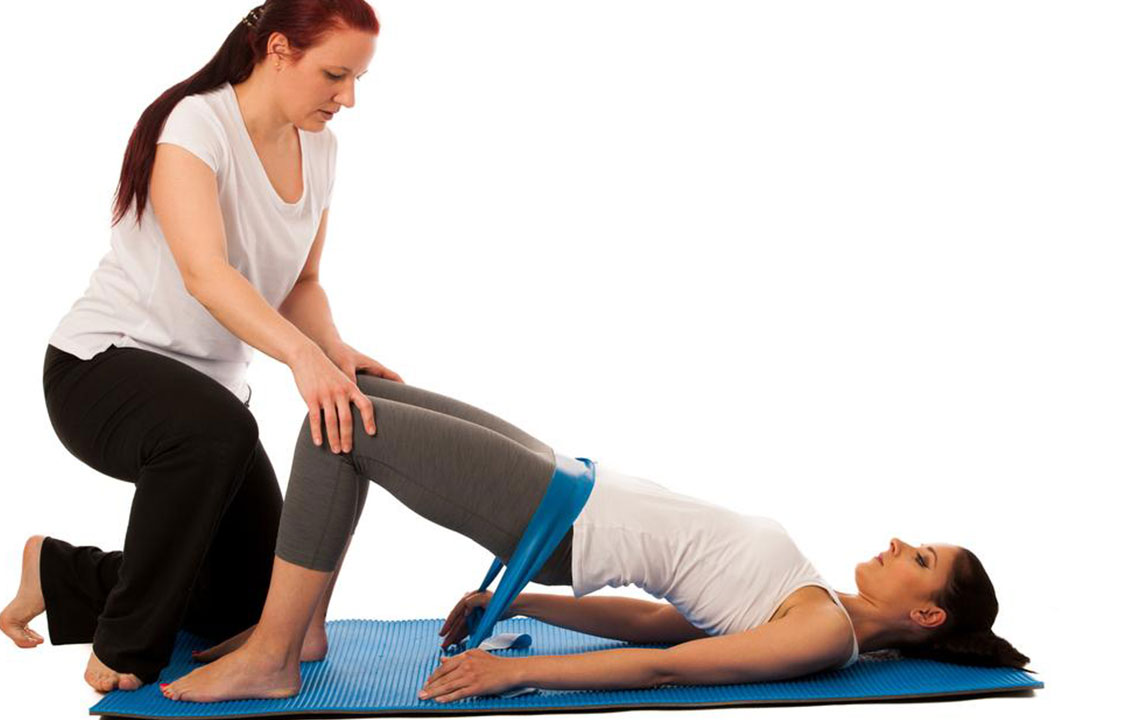Comprehensive Guide to Overactive Bladder Causes and Effective Management Strategies
Discover the main causes of overactive bladder, including weak pelvic muscles, nerve damage, pregnancy, and lifestyle factors. Learn effective management strategies such as exercises, lifestyle changes, and medical treatments to improve symptoms and regain control. This comprehensive guide provides insights into understanding and handling overactive bladder for better daily living.

Understanding the Key Factors Contributing to Overactive Bladder (OAB) and How to Control Them
Overactive bladder (OAB) is a common urological condition that significantly impacts quality of life. It is characterized by a sudden, often uncontrollable urge to urinate, which may be accompanied by involuntary leakage of urine. These symptoms can be unpredictable and may interfere with daily activities, social interactions, and emotional well-being. While OAB can affect anyone, understanding its underlying causes is crucial for developing effective management and treatment plans. This extensive guide explores the primary factors responsible for OAB and offers insights into how to manage them effectively.
Understanding the root causes of overactive bladder is the first step toward alleviating symptoms and improving quality of life. Below are the most common contributors to this condition:
Weak Pelvic Floor Muscles
The integrity of pelvic floor muscles plays a vital role in urinary control. Conditions such as childbirth, especially multiple deliveries, and aging can weaken these muscles over time. When the pelvic support tissues and muscles lose strength, it becomes harder to hold urine in the bladder, leading to leaks and urgency. Strengthening these muscles through regular pelvic floor exercises, commonly known as Kegel exercises, can significantly improve bladder control. Regular practice not only helps prevent symptoms but also enhances overall pelvic health, reducing the likelihood of developing severe incontinence issues in later years.
Nerve Damage and Neurological Disorders
The bladder's function is regulated by a complex nerve network that sends signals between the brain and the bladder muscles. Conditions like multiple sclerosis, Parkinson’s disease, stroke, and spinal cord injuries can disrupt these nerve signals. When nerve pathways are damaged or impaired, the bladder may contract involuntarily, leading to increased frequency and urgency. Medical management often involves addressing the underlying neurological condition and may include medications, therapy, or in some cases, nerve stimulation techniques to improve nerve signaling and bladder control.
Pregnancy and Hormonal Changes
During pregnancy, the growing fetus exerts pressure on pelvic organs, especially the bladder. This pressure increases the frequency of urination and can cause leakage episodes. Additionally, hormonal changes during pregnancy and menopause can influence bladder tissue and muscle tone, making women more susceptible to overactive bladder symptoms. Postpartum recovery and hormonal stabilization can improve symptoms, but some women may need targeted bladder training exercises or medical interventions to regain optimal control.
Urinary Tract Infections (UTIs)
UTIs are a common bladder irritant, resulting from bacterial infections in the urinary tract. Infections inflame and irritate the bladder lining, causing involuntary contractions and urgency. Recurrent UTIs can perpetuate or worsen OAB symptoms if not properly treated. Maintaining good hygiene practices, staying well-hydrated, and seeking prompt medical treatment for infections are essential steps in preventing and managing UTI-related bladder problems.
Digestive and Dietary Factors: Diuretics, Caffeine, and Alcohol
Certain substances impact urine production and bladder sensitivity. Diuretics prescribed for conditions like hypertension increase urine output, forcing the bladder to fill more rapidly. Similarly, stimulants like caffeine and alcohol act as diuretics and bladder irritants, which can provoke urgency and frequency. Dietary modifications, such as reducing caffeine and alcohol intake, can help control symptoms. Additionally, avoiding excessive salt and spicy foods may decrease bladder irritation. Physicians may recommend adjusting medication dosages or exploring alternative treatments if diuretics are contributing significantly to OAB symptoms.
Other contributing factors include obesity, which increases intra-abdominal pressure and strains pelvic muscles, as well as certain medications that relax bladder muscles or alter bladder function. Lifestyle factors such as smoking and sedentary habits can also influence bladder health. Addressing these factors comprehensively can dramatically improve management outcomes.
In conclusion, overactive bladder is a multifaceted condition influenced by various physical, neurological, and lifestyle factors. Recognizing these causes allows individuals and healthcare providers to formulate tailored strategies—ranging from lifestyle modifications and pelvic exercises to medication and surgical options. Early intervention and proactive management are key to reducing symptoms, preventing complications, and enhancing quality of life for those affected by OAB.





